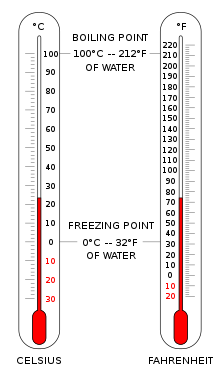 This is the second post in our
This is the second post in our Psychrometry wtf ! - "without the fear" series
This post is about "wetness" - which is otherwise known as humidity. Air can be bone dry. Or not.
To recap the first post Dry Bulb Temperature is summarised very simply as follows: As we move from left to right it gets hotter
 |
| Click to Enlarge |
Winter = cold = left side of graph
Now onto wetness. How wet is wet air and how dry is dry air?
Suppose for every bit of air we had a bit of water - would that make it 50% wet ? - As a humidity ratio it would depend how we measured.
If we take a subject close to my heart - so close in fact that we need to show a picture... - You might imagine Simon Theakston offering you a pint of Theakstons Old Peculiar (well I did say that I would try to make this as painless as possible).
 |
| http://www.beer-pages.com/stories/theakston.htm |
Now that the beer has reverted back to family ownership the beer has been made more peculiar yet - it is 3.8% Alcohol By Volume
That means that if you had a swimming pool full of it, the alcohol would fill up a paddling pool of 3.8% of the volume of the swimming pool.
That would be a silly thing to do, because actually it is best to drink it.
However, another way of saying how strong the beer was would be to discuss Alcohol By Weight. Since a volume of water weighs more than a similar volume of alcohol the ABW figure would be slightly less than the ABV value.
However, the crazy guys who do meteorology for a living decided to measure wetness of air in terms of Water in Air By Weight. There is a good reason for this - while water and alcohol are quite incompressible air can be squashed into a small space. If you try squashing Beer it makes the place you put it bigger - though it happens over years:)
So how wet is air - we talk in ratios = e.g 38 grams water per 1000 grams of air or 0.038
It is the absolute humidity ratio
If you click on the graph above you will see the horizontal blue lines are each marked with a certain wetness - with the amount increasing as you go up the chart.
So now we can think of the chart as follows (ignore all the other lines for now):
| COLD & WET | HOT & WET - Google for images - Not Safe For Work ! |
| COLD & DRY | HOT & DRY |





